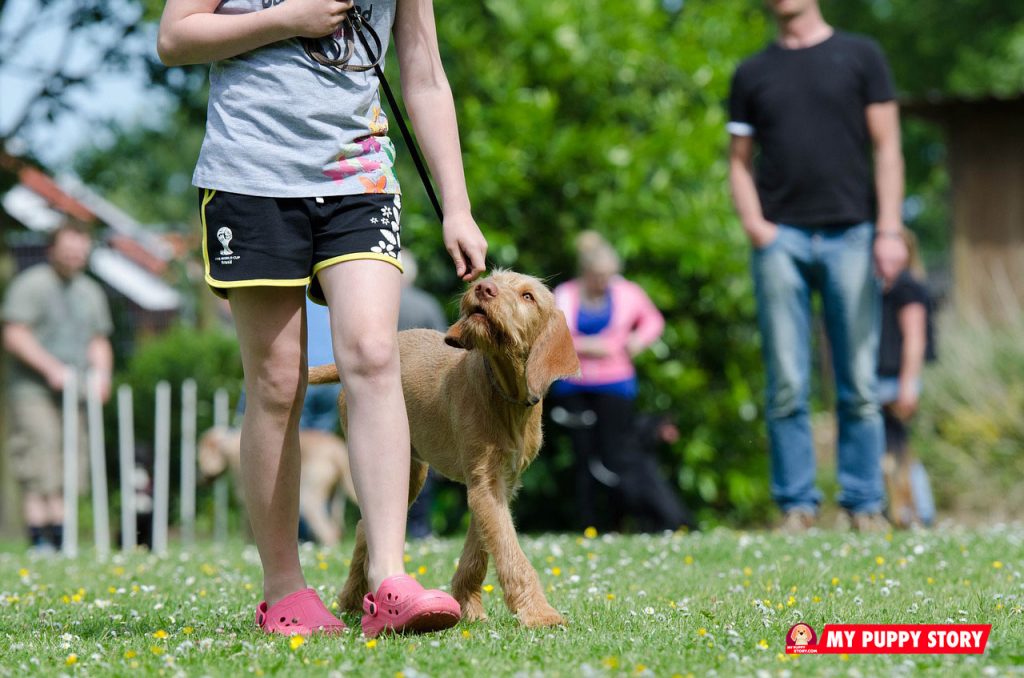
Click, treat, click treat! All across the world as positive reinforcement and gentle training methods become popular, clicker training has proved over time to be one of the preferred methods for teaching dogs. Indeed, based on the principles of classical and operant conditioning, clicker training appears to highly interest dogs who seem to look forward with much anticipation to their clicker training sessions.
Clicker training has also proved beneficial to treat behavioral problems in dogs. It is not unusual to hear about reserved, timid dogs, opening up and gaining confidence thanks to a clicker. Even fear and aggression issues can be resolved with the use of a clicker.
But what is a clicker and how does it work? A clicker is a simple noise making device that was once used as a child's toy. It is basically a rectangular plastic box with a flexible metal tongue that makes the characteristic clicking sound upon being pushed down with the thumb. This device is used to tell your dog in a very straightforward way that he has been doing what you asked him to do. In order to work, the clicker must be followed by a reward being either a mouthwatering treat or a brief tug of war game.
By watching carefully a clicker training session, it appears as if the clicking noise is used to replace verbal rewards. Indeed, a clicker can be a better tool in delivering a 'good boy' to your dog. It is fast, always the same and dogs appear to understand its non emotional meaning quickly and clearly.
Clicker training is based on classical conditioning. In order to understand classical conditioning dog owners must go back to Ivan Pavlov. The Russian scientist had figured out how dogs developed a tendency to drool at the sound of a bell. This was a learned behavior developed with time, after the dogs had been used to being fed after the bell was sound.
In the same way, dogs associate the clicker with tasty treats. Indeed, some dogs even drool buckets of saliva upon seeing the clicker. This is one reason why dogs love clicker training. The other reason is that clicker training also works because of operant conditioning.
In order to understand operant conditioning, dog owners must go back to Skinner and his rat studies. Skinner had set up special metal cages (known as Skinner boxes) where rats had to push a lever in order to get fed. In simple words the rat had to 'operate' in order to get a reward.
In the same way, dogs must perform some actions in order for the owner to click and treat. Because a reward follows, dogs therefore are eager to work and seek clicker training sessions with much anticipation.
Clicker training is therefore a marvelous way for dogs to learn. As old training methods based on punishment and coercion start to fade away, a new path of reward based training techniques is being paved and built over the old fashioned training methods of the past.
